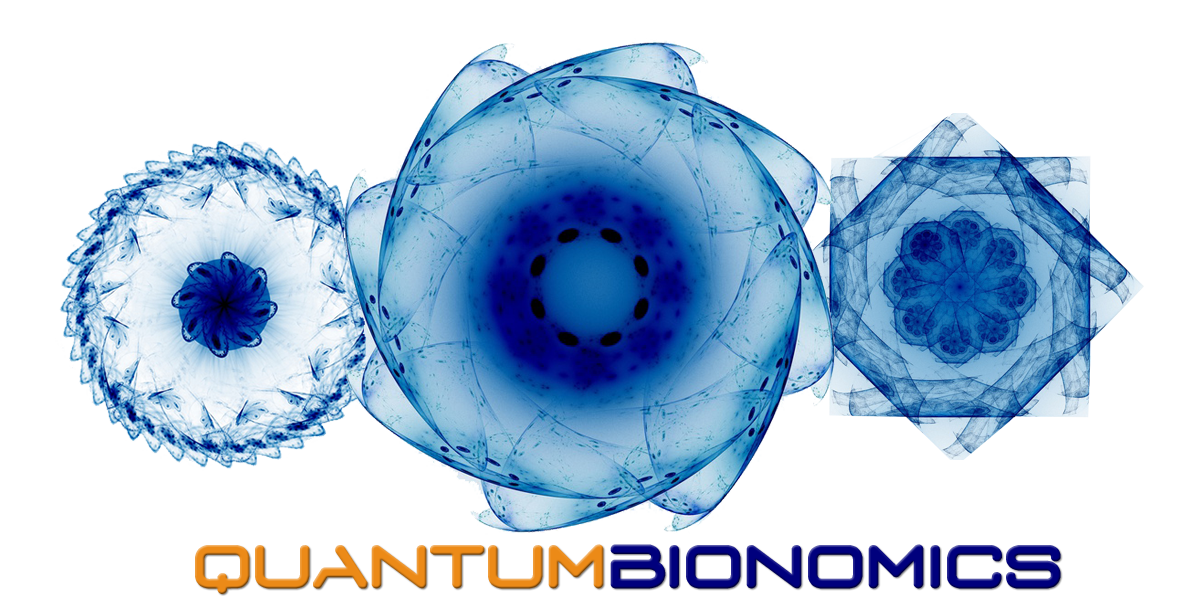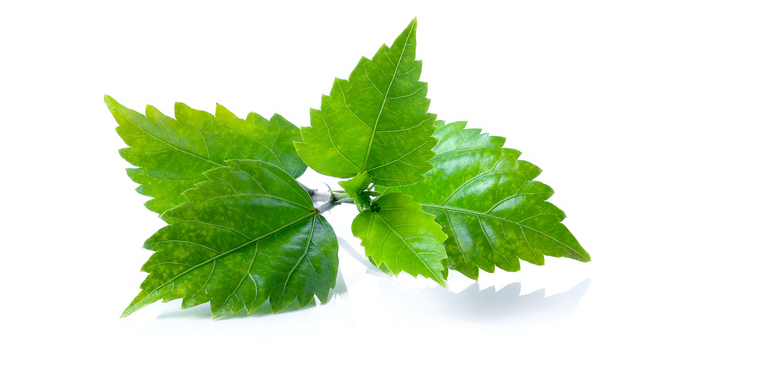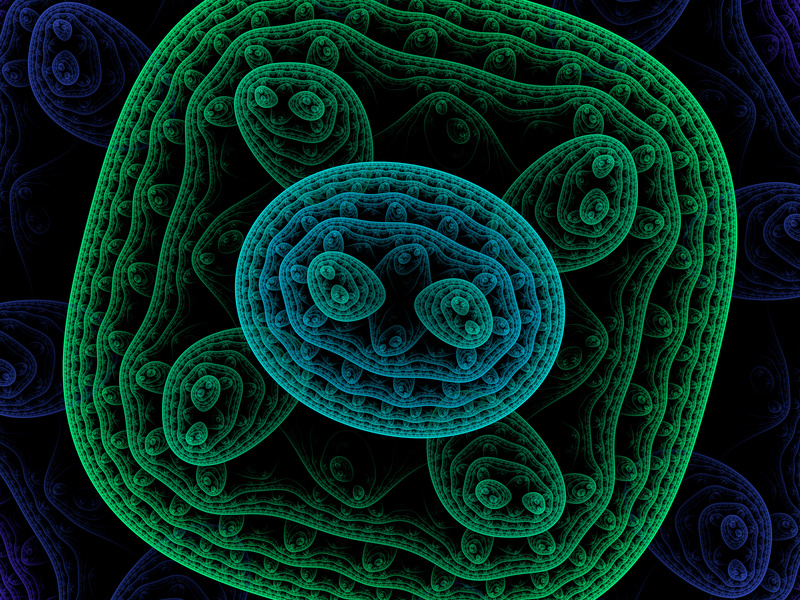Derek Lowe’s commentary on drug discovery and the pharma industry. An editorially independent blog from the publishers of Science Translational Medicine.
By Derek LoweApril 18, 2016
Ethidium bromide is found in pretty much every molecular biology lab around. Ask most biologists about handling it, and you’re get a fearful expression and advice to use gloves, etc. That’s because the compound is used to make DNA fluoresce when running gels, and it does that by slipping neatly between the base pairs (intercalation), like sliding a card into a deck. That is not something you want to have happen to your own DNA, naturally, so EthBr is widely believed to be a human mutagen that should be dealt with cautiously. Laboratory suppliers certainly think so: a search for “ethidium bromide alternative” will bring up a whole list of “non-toxic, non-mutagenic” substitutes on offer.
EthBr
There’s only one problem with all this: ethidium bromide, as far as can be told from the data, is not a human mutagen. It’s not a mouse mutagen or rat mutagen either. Nor apparently a mutagen in cows and other farm animals, where it’s used in veterinary medicine at concentrations one thousand times higher than the red solutions that are so feared in biology labs, seemingly with no bad effects. It’s not even Ames-positive by itself, but only after it’s been exposed to metabolizing enzymes, which tells you that some derivative of it has mutagenic potential, should you ingest it and send it through your liver, but apparently not the parent compound. (Note the 2002 “In the Pipeline” link – I’ve been doing this for a while, haven’t I?)
I write this as an organic chemist who handles worse stuff than EthBr all the time, and as someone who’d long been unable to grasp the molecular biology attitude towards the compound. You will see reference after reference to it as “highly toxic”, “notoriously unsafe“, and a “potent mutagen”, when it’s really none of those. These statements are bizarre, based on the amount of evidence behind them. Here’s Rosie Redfield on the issue – she’s also baffled by the attitude towards the compound, and has some questions about the safety profile of the alternatives that are being touted by other vendors and the over-the-top means used to deal with the compound itself:
Excessive concern about mutagenicity can make us overlook short-term toxic effects, and here EthBr is the safer dye. The reference above found that the SYBRsafe alternative was actually much more toxic than EthBr to the bacterial cells used in the mutagenicity tests. SYBRsafe was toxic at concentrations as low as 1 microgram/ml, whereas EthBr toxicity was not observed until 250micrograms/ml. The authors suggest that this is because living cells are much more permeable to SYBR green than to EthBr. But a MSDS for SYBR safe reports a LD50 for rats of >5g/kg, which is higher than that of EthBr (1.5g/kg). As both these LD50s are many orders of magnitude higher than the concentrations used in molecular biology, toxicity of gel staining solutions is trivial compared to the risks of of burns from melted agarose or slipping on spilled gel buffer.
Perhaps the largest real hazards associated with use of EthBr in molecular biology are the methods used to inactivate it. Some labs now incinerate all waste containing even a trace of EthBr, and others absorb it onto activated charcoal. Harsher methods involve use of bleach and sodium hydroxide, or hydrophosphorous acid and sodium nitrite, all much more dangerous than EthBr.
Yep, some of the “safe” alternatives actually light up the Ames test more than ethidium bromide itself. I’m not saying to bathe in the stuff, or use it to dye your hair. But it can be handled with normal care appropriate to a laboratory chemical, and not as the Mutagen From Mars.I can see where some of the fear comes from – after all, you can see this stuff react with DNA right in front of you, and assuming that it’s a mutagen is not silly. But we don’t have to assume things in toxicology when the experiments have already been done. Have a look at the evidence – knowledge will protect you far more than fear ever can.












Leave A Reply